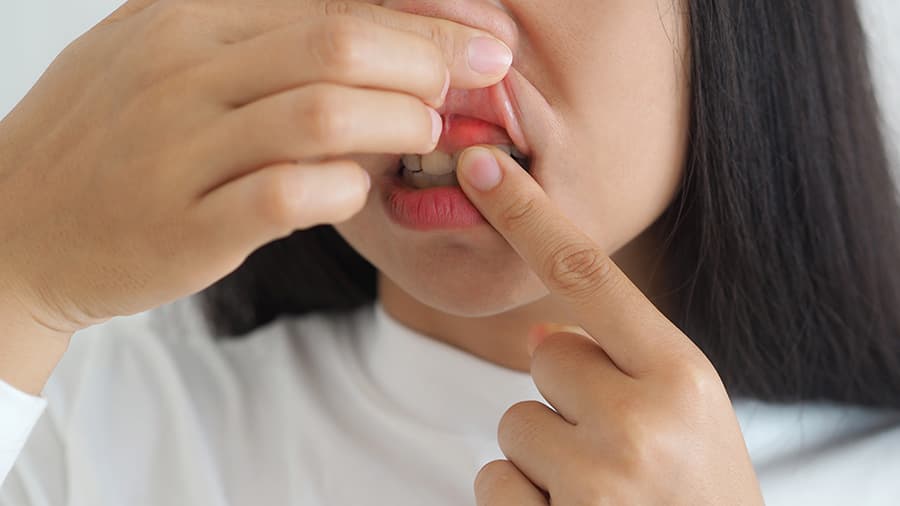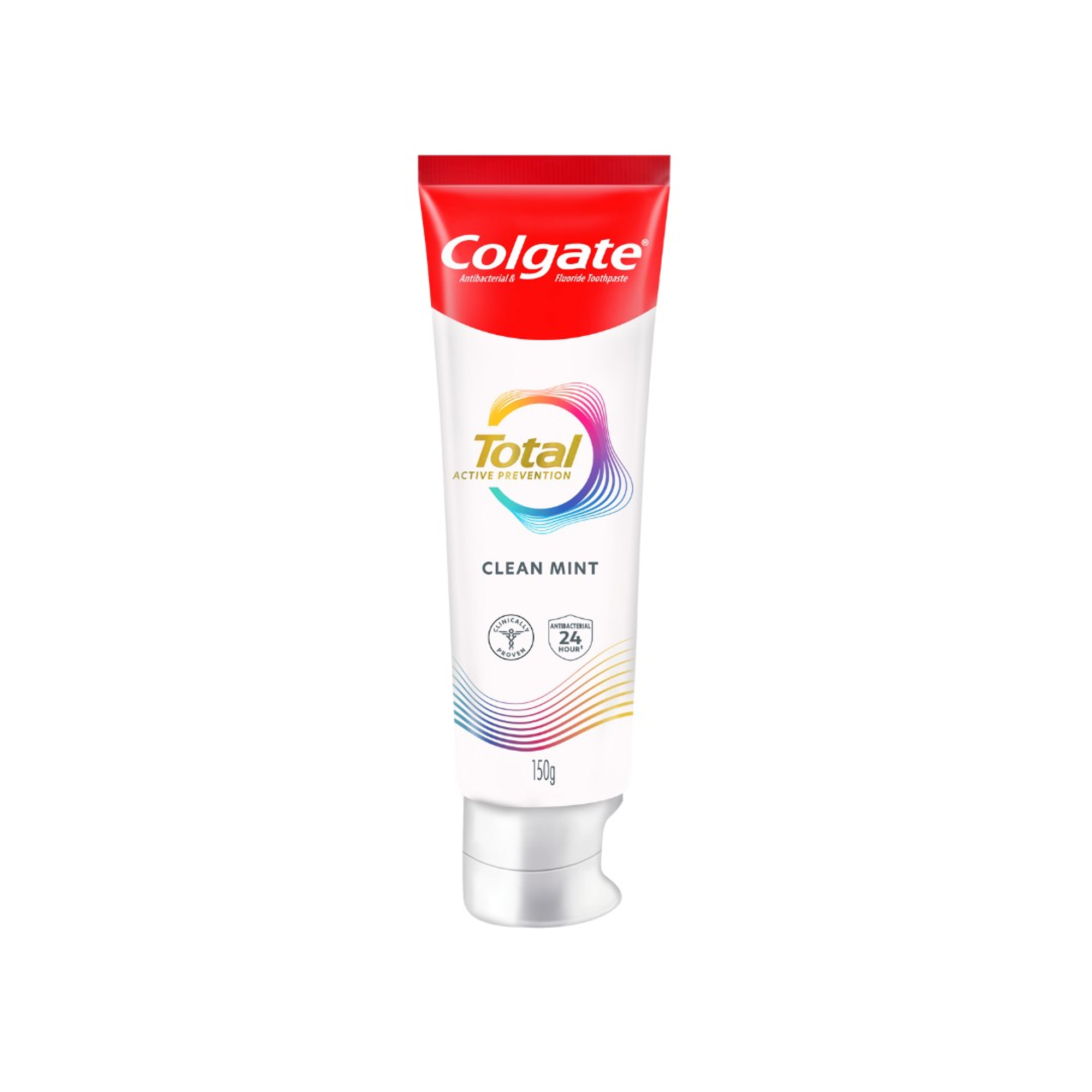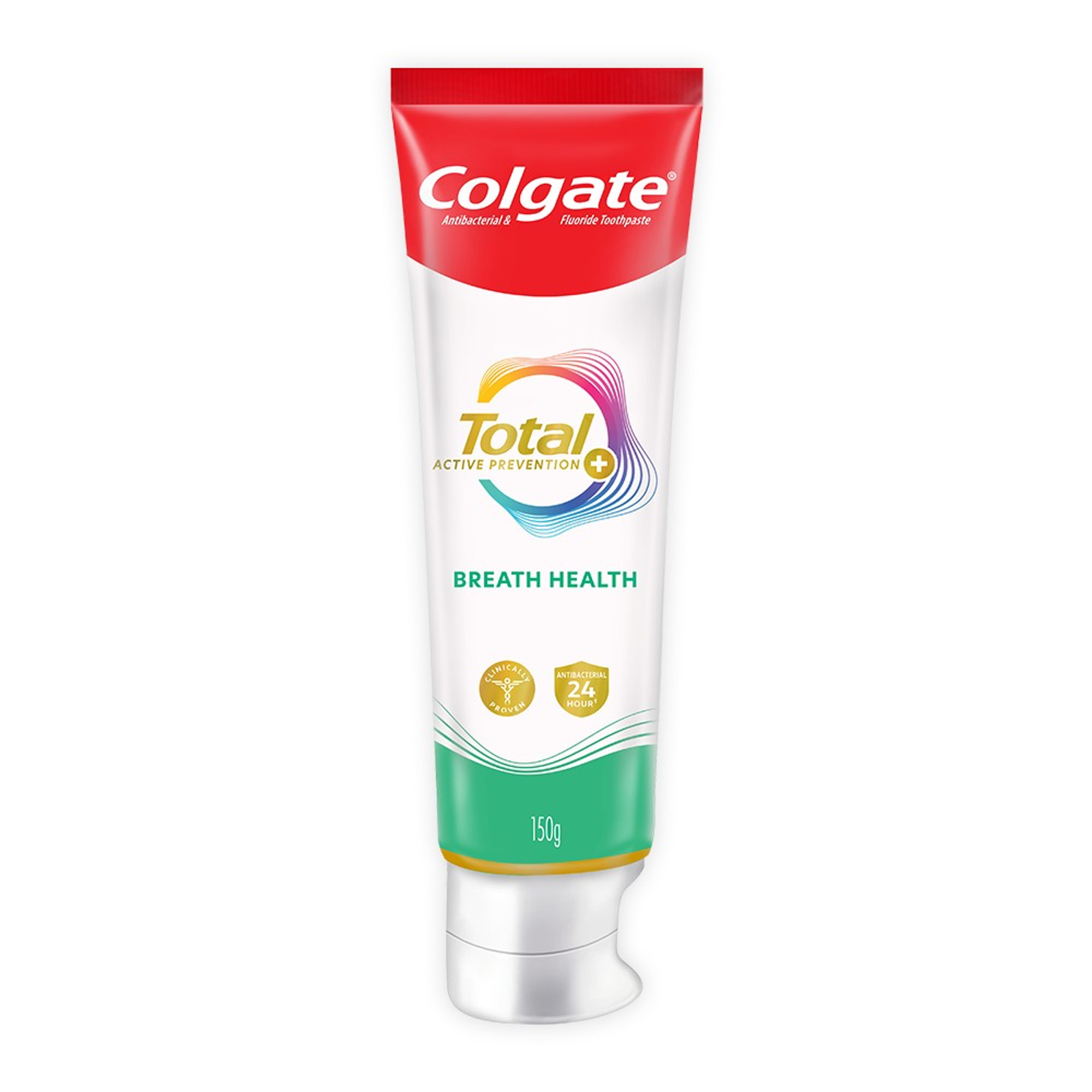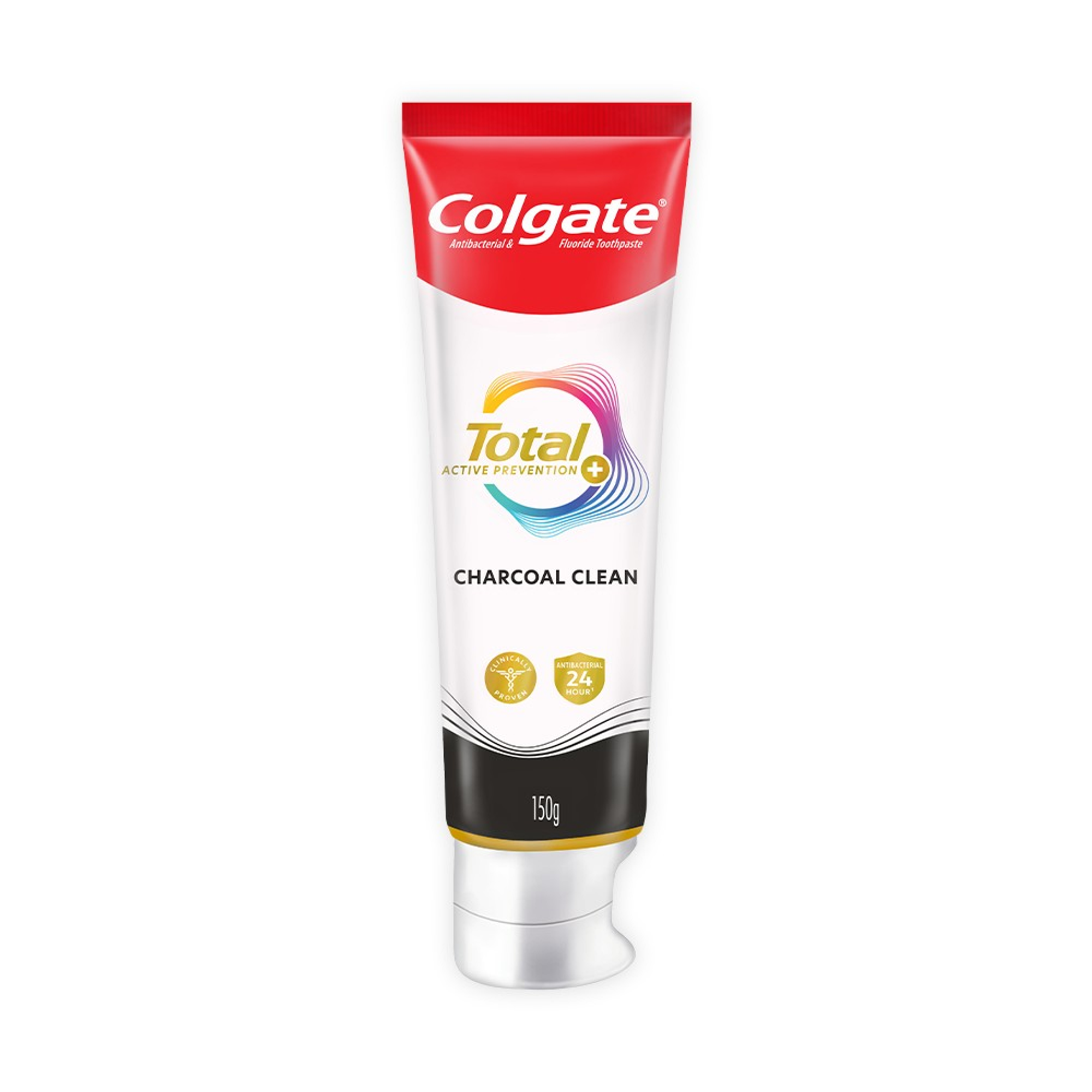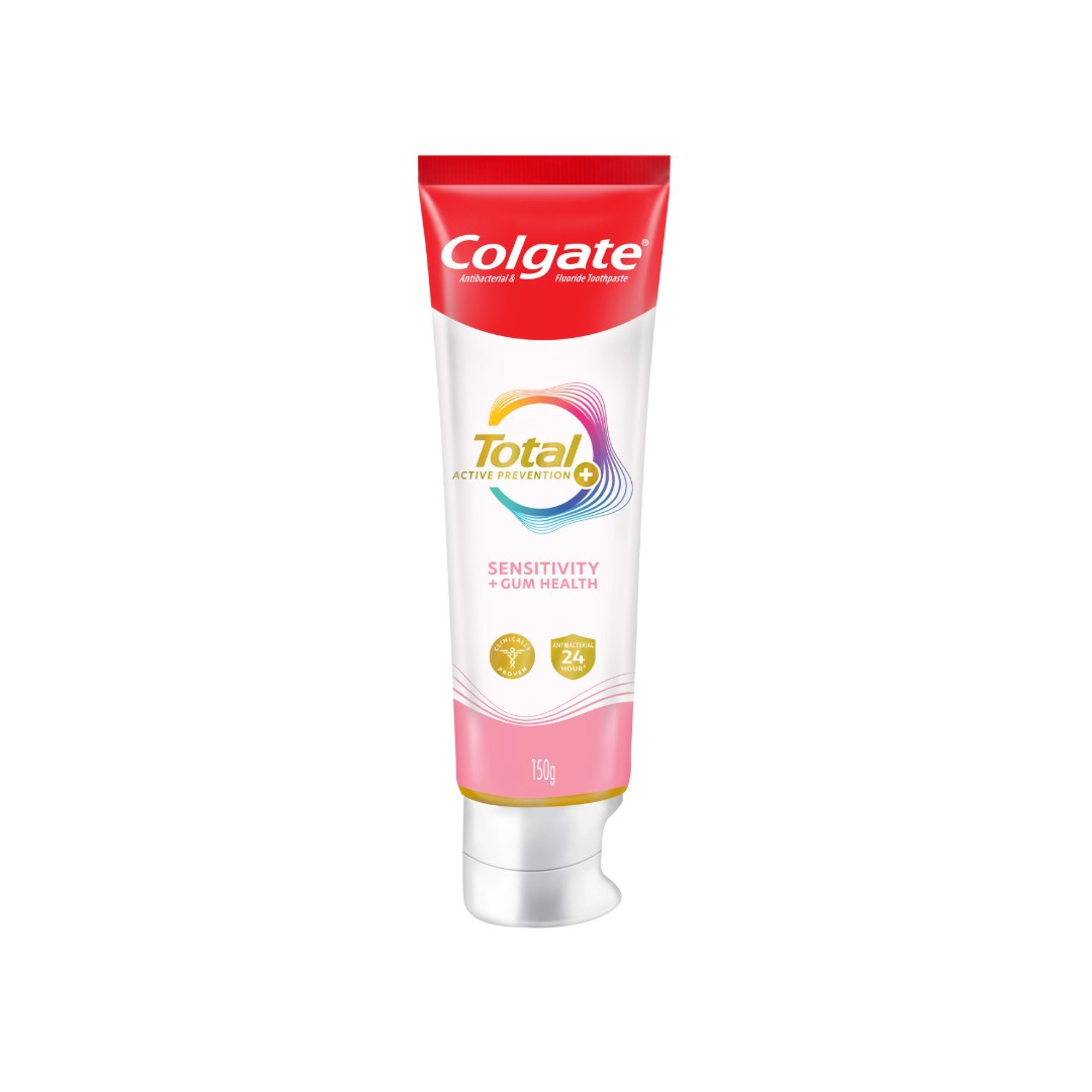What is Pangingilo?
Pangingilo refers to tooth sensitivity, a condition where you feel sudden discomfort or pain. This is often triggered by temperature changes, which means your tooth is sensitive to cold or hot food. This sensation occurs because the dentin layer of the tooth is exposed. This allows external stimuli to reach the nerves inside.
People with Pangingilo may notice pain while brushing, eating ice cream, or drinking hot coffee. It is usually a short, sharp pain. But frequent sensitivity may indicate enamel erosion or gum issues. Understanding the causes of this pain helps in identifying the best ways to prevent and treat it.

What are the Main Causes of Pangingilo?
Sanhi ng pangingilo, or causes of tooth sensitivity, can stem from several factors, such as weakening of the tooth’s protective layers. The main reason for sensitive teeth is the exposure of dentin. It is the softer layer beneath the enamel, the hard outer surface of the tooth (ibabaw ng ngipin). When this layer becomes uncovered, hot, cold, or sweet foods can reach the tooth nerves, triggering pain or discomfort.
One common cause is enamel erosion. This occurs from brushing too hard, using a hard-bristled toothbrush, or consuming acidic drinks. Over time, this wears away the enamel and exposes the sensitive layers underneath. Another major factor is gum recession. The gums pull back, revealing the tooth roots (ugat ng ngipin) that are not protected by enamel. This makes them more vulnerable to temperature changes and touch.
Poor oral hygiene, untreated cavities, and teeth grinding can also worsen tooth sensitivity. Overuse of whitening products and frequent acidic food intake can increase the risk. By understanding these causes of pangingilo, you can take preventive steps to protect both the enamel and gums.
Worn Tooth Enamel
One of the most common causes of toothache and tooth sensitivity (pangingilo ng ngipin) is the gradual wearing down of the enamel. Enamel is the hard outer layer that shields the tooth. When enamel weakens or erodes, it exposes the dentin underneath. The dentin contains tiny tubules connected to the nerves. As a result, the external stimuli reach the nerves, causing a sharp and sudden discomfort.
Enamel decay or erosion can occur for several reasons. Brushing your teeth too aggressively, acidic beverages, and grinding are all major contributors. Over time, these habits thin out this protective layer. It increases the risk of tooth decay (pagkabulok ng ngipin) and heightened sensitivity.
To prevent further enamel damage, it is important to adopt gentle brushing habits. Using a soft-bristled toothbrush and fluoride toothpaste can help to some extent. Reducing acidic food and drink intake helps preserve the enamel’s natural strength. Regular dental visits also allow early detection of wear or decay. They ensure that the teeth stay strong and your pangingilo ng ngipin remains under control.
Receding Gums / Gum Disease
Many people experience sensitive teeth and gums due to underlying issues that go unnoticed for a long time. One of the leading causes is gum disease. This typically begins as plaque, and bacteria collect along the gumline. This buildup irritates the surrounding tissue, leading to gingivitis. Some of the symptoms to note are swollen or bleeding gums accompanied by mild discomfort.
If gingivitis is not treated promptly, it can progress into more serious gum disease, causing pag-urong ng gilagid or gum recession. As the gums recede, the ugat ng ngipin or tooth roots become exposed since they are not protected by enamel. This can heighten sensitivity, especially when eating or drinking. Over time, untreated gum disease can also lead to tooth loss and other oral complications.
Managing and preventing these problems is essential by maintaining a consistent oral hygiene routine. Brushing, flossing, and visiting a dentist for professional cleanings are some preventive methods. Early treatment of gum disease helps restore gum health. It protects the gumline and prevents worsening of pangingilo ng ngipin.
Tooth Decay or Cracked Fillings
One of the most common explanations for what causes tooth sensitivity and pain is pagkabulok ng ngipin (tooth decay). When bacteria attack the enamel and form cavities, they expose the inner dentin layer. This exposure makes teeth more responsive to heat, cold, and sweetness. Even brushing pressure leads to sharp discomfort or a dull ache. Over time, untreated decay can spread deeper toward the tooth’s nerve. This may result in severe pain and infection.
Cracked or worn fillings are another frequent cause of pangingilo. Continuous pagkikiskisan (friction) of teeth, whether from unconscious grinding, stress, or chewing hard foods, can damage existing fillings. These small openings act as entry points for bacteria and food debris. This worsening sensitivity can accelerate the process of pagkabulok ng ngipin.
Addressing these issues early is key to preventing complications. Dentists can restore the tooth’s surface with new fillings, seal cracks, and remove decayed tooth. This stops the progression of damage. Practicing consistent oral hygiene and wearing a mouthguard if you grind your teeth can all help reduce pain, ensuring long-term oral comfort and protection.
Recent Dental Procedures
Many people notice sensitive teeth after whitening or other dental procedures such as scaling, root planing, or filling replacements. During these treatments, the protective enamel or dentin layer may become temporarily exposed, allowing temperature changes or certain foods to reach the nerves inside the teeth. This exposure often results in short bursts of pain or pangingilo, especially when consuming cold or sweet foods.
Even gentle pagsisipilyo (tooth brushing) may feel slightly uncomfortable for a few days following treatment, as the teeth and gums heal. Fortunately, this sensitivity is usually temporary. Dentists recommend using a desensitizing toothpaste or fluoride gel to strengthen enamel and reduce discomfort. Avoiding very hot or cold foods, maintaining a soft-bristled toothbrush, and following your dentist’s aftercare advice can help speed recovery. If the pain persists longer than expected, a professional evaluation ensures that no deeper dental issue is present.
Pangingilo Treatment and Relief
Managing Pangingilo involves a combination of professional dental care and mindful home practices that support long-term oral health. The most effective pangingilo remedy depends on identifying the root cause. Whether it is caused due to enamel erosion, gum recession, or pagkabulok ng ngipin (tooth decay). Addressing these factors early helps prevent discomfort from worsening.
Regular brushing, flossing, and using a sensitive teeth remedy toothpaste can reduce pain. These can also protect tooth surfaces. Avoiding acidic foods, sugary snacks, and aggressive brushing also helps maintain enamel strength. With proper care and regular dental check-ups, you can manage Pangingilo. With the right prevention, you can enjoy lasting comfort and confidence in your smile.
At-Home Care and Remedies
Home care is essential for managing Pangingilo and preventing further discomfort. Practicing simple home remedies can help strengthen teeth and protect enamel from daily wear. Start by brushing gently twice a day with fluoride toothpaste to avoid damaging the enamel and exposing dentin.
Rinse regularly with mouthwash designed for sensitive teeth to reduce bacteria and freshen breath. A saltwater rinse is another effective and natural option. It helps soothe gums, minimize inflammation, and maintain a clean oral environment. Additionally, avoid highly acidic foods and beverages, as they can worsen enamel erosion. These simple yet consistent home habits can significantly improve comfort and maintain lasting oral health.
Using a Toothpaste for Pangingilo
When understanding how to get rid of teeth sensitivity, choosing the right toothpaste plays a crucial role. Specialized toothpastes such as Colgate Sensitive Pro-Relief are formulated to provide quick and lasting relief by targeting the source of pain. They work by creating a protective barrier over the exposed dentin, effectively blocking external triggers.
Most desensitizing toothpastes contain active ingredients that not only soothe nerve endings but also strengthen the enamel and prevent further erosion. With regular use, these formulations reduce discomfort, restore oral comfort, and support long-term tooth protection. For best results, brush twice daily using gentle circular motions and avoid rinsing immediately after brushing to let the protective ingredients stay on your teeth longer.
When to See Your Dentist
It is always ideal to consult a dentist if you notice frequent sharp tooth pain or gum disease symptoms such as swollen gums, persistent bad breath (halitosis), or bleeding of gums while brushing. These early signs often indicate underlying oral problems that, if left untreated, may eventually lead to Pangingilo or even tooth loss. Seeking timely professional help ensures that minor issues do not develop into severe sensitivity or pain.
Regular dental checkups are essential for maintaining good oral health, preventing recurring sensitivity, and ensuring long-term dental protection. With early intervention and consistent care, you can keep your smile healthy, strong, and free from discomfort.
Frequently Asked Questions
How can I relieve "Pangingilo" or tooth sensitivity at home?
You can manage Pangingilo at home by brushing gently with a soft toothbrush, using toothpaste for sensitive teeth, and avoiding acidic or very hot or cold foods. Consistent oral hygiene, rinsing with fluoride mouthwash, and staying hydrated also help soothe the discomfort.
Is Pangingilo the same as a regular toothache?
No. While both cause discomfort, Pangingilo is usually a short, sharp pain triggered by stimuli like temperature or sweetness. A regular toothache, however, tends to be constant and indicates deeper dental issues like decay or infection.
Will Pangingilo (tooth sensitivity) go away on its own?
In mild cases, Pangingilo can subside once the enamel and gums are protected with proper care. However, if pain persists for more than a week, consult your dentist to check for underlying conditions such as gum recession or cavities that may require treatment.






